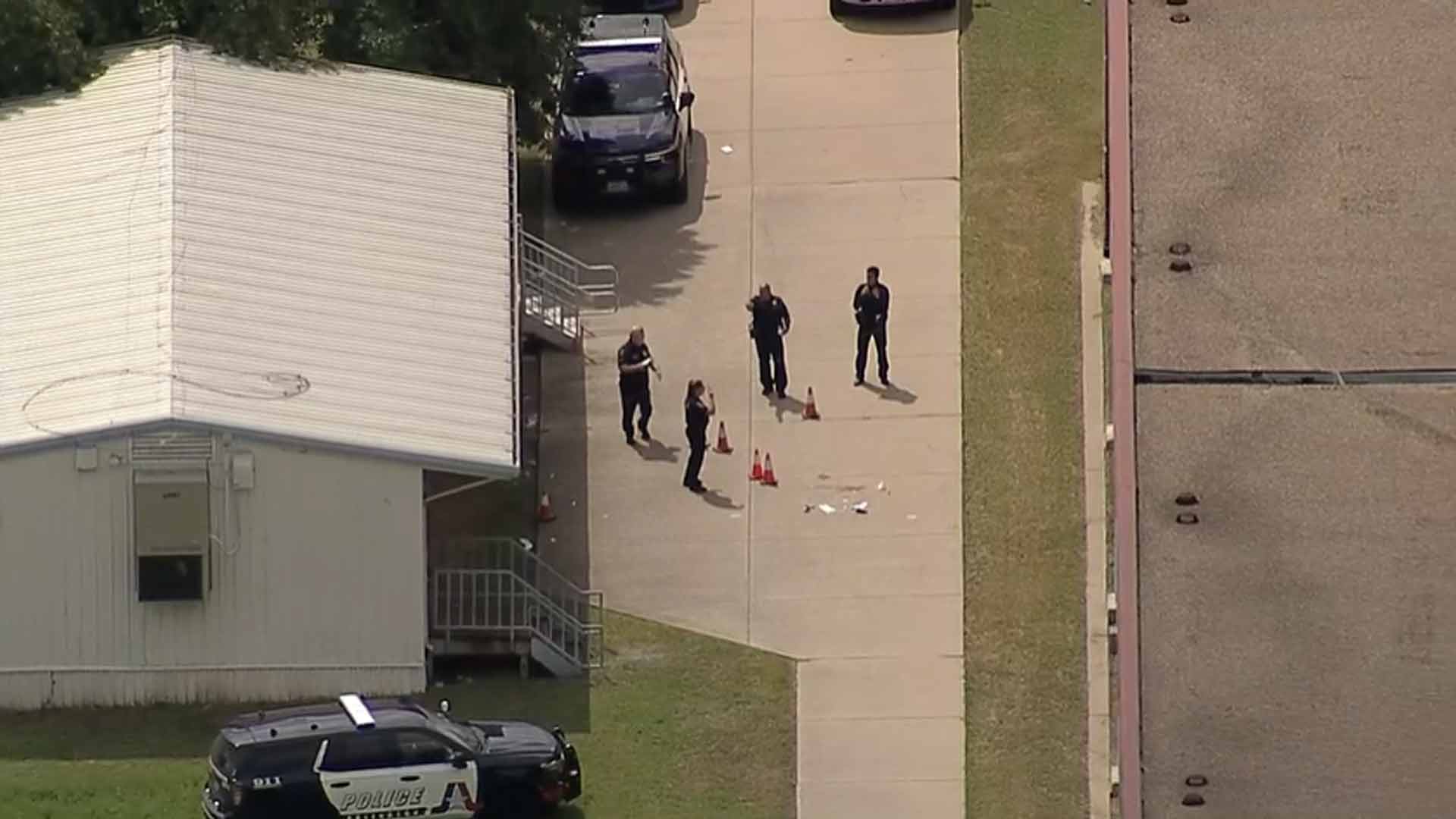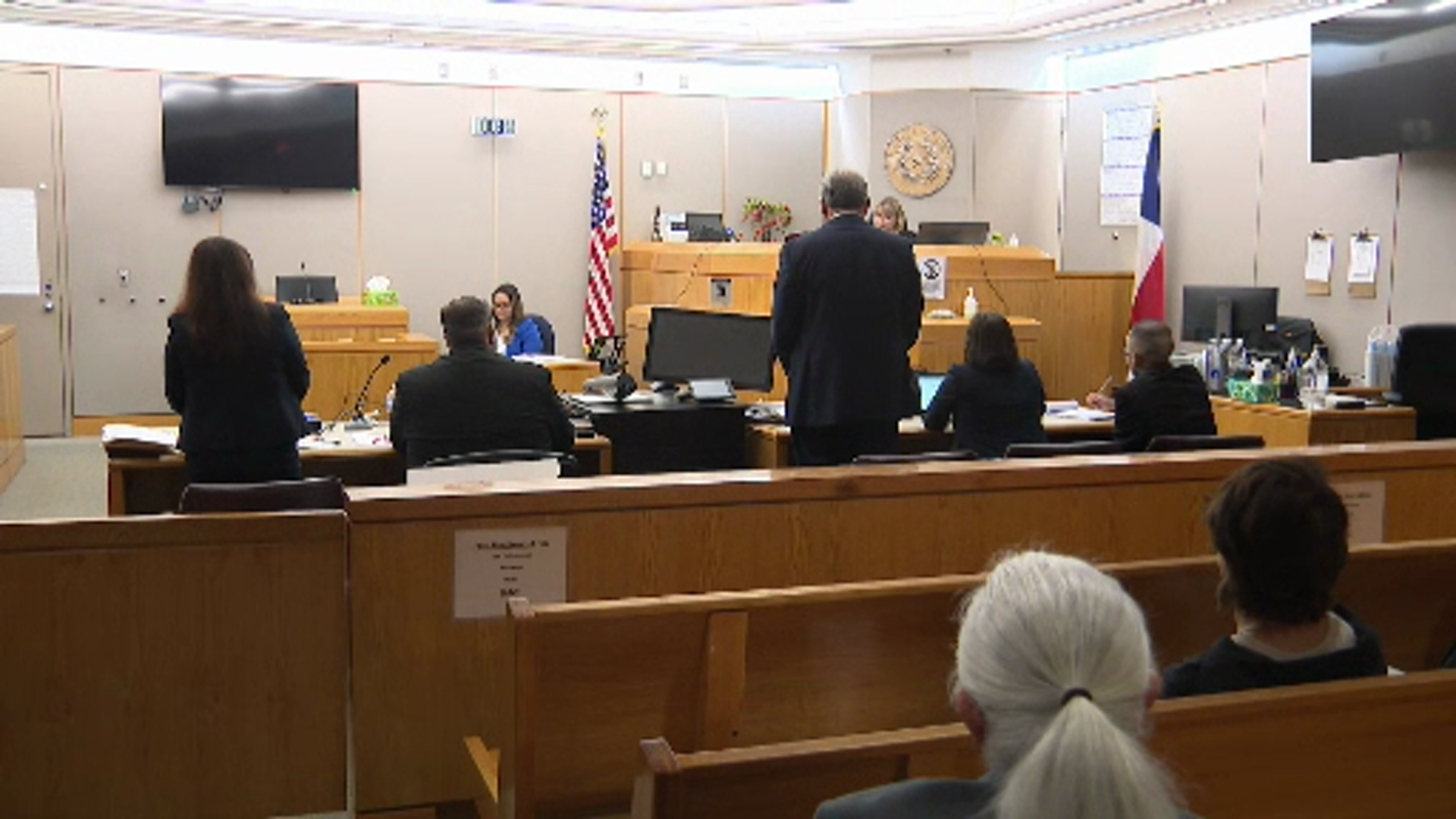What to Know
- 170 hours of body cam video, in addition to dashcams and business surveillance video, being cataloged.
- Chief David Brown defends use of improvised explosive device to end hourslong standoff with shooter who said he wanted to kill more police.
- Investigators working to discern meaning behind "RB," two letters scrawled in the gunman's blood in two locations inside El Centro College.
Dallas Chief of Police David Brown says the days that followed the deadliest police shooting in the city's history have left him exhausted and running on fumes. While investigators pour over hundreds of hours of video to recreate the moments leading up to Thursday's chaotic scene, others are mourning the five police officers killed in an ambush-style shooting that left 11 others injured.
During a news conference Monday morning, Brown said investigators are processing more than 170 hours of body cam footage recorded by officers who were downtown when 25-year-old Micah Xavier Johnson opened fire as a peaceful protest against officer-involved violence came to an end.
In addition to the body cam video, investigators are also collecting an unknown number of hours of dashcam video and video recorded by surrounding businesses with the hope of stitching together a real-time picture of the event as it unfolded Thursday night.
Brown added that detectives are reviewing the statements of more than 300 officers and witnesses at the scene to determine who needs to be interviewed further. Based on the initial review of body cam footage, Brown said some officers had not yet provided statements on what they saw Thursday.
Of the five officers killed, four were Dallas police officers and one was a DART officer. Brown said 11 others were injured by gunfire or fragmented bullets including two civilians, four Dallas police officers, three DART officers and two Dallas County Community College officers stationed at El Centro College's downtown campus.
Local
The latest news from around North Texas.
Brown said 11 officers returned fire at Johnson, including one DART officer, and that two Dallas police officers used an improvised explosive device attached to the department's 2008 Remotec Andros Mark V-A1 robot to kill Johnson and bring an hourslong standoff to an end. Brown said Monday the $151,000 robot was partially damaged in the explosion but is still functional should it be needed before being repaired.
"I asked the question of how much we were using and I said, 'Don't bring the building down.' But that was the extent of my guidance. I just said, 'I trust you. You know what I want done.' They improvised this whole idea in about 15-20 minutes. Extraordinary," Brown said. "He had already killed us in a grave way ... I knew that at least two had been killed and we knew, through negotiation, this was the suspect because he was asking us how many did he get. He was telling us how many more he wanted to kill. This wasn't an ethical dilemma for me. I'd do it again to save our officers lives."
Johnson told police during the negotiation that he'd planned to inflict more harm and that he'd planted bombs around the city. To date, no explosives have been found -- however a large stockpile was recovered at his home.
North Texas Shows Support for Police
"One of the bomb techs called me at home to describe his concern of how large a stockpile of bomb-making material he had. According to that bomb tech he knew what he was doing -- he wasn't a novice. We don't think he learned that in the military, we don't have any evidence of that. You can learn all that online, I guess," Brown said.
Brown didn't know offhand how much explosive material Johnson had acquired but said it would be released at a later time.
[DFW ONLY NO NAT'L USE] Shots Fired at Dallas Rally: The Dallas Morning News Photos
Brown acknowledged a threat was made against he and his family on Facebook in the hours after the shooting, but downplayed it saying that all officers were concerned for their safety and he didn't need to be singled out.
"Everyone is experiencing the same type of increased awareness because of people who, in my opinion, are not stable who could do grave damage to us," Brown said. "We're all on edge, we are, and we're being very careful."
[NATL-DFW] Dramatic Photos: Deadly Sniper Attack in Downtown Dallas
Brown said he is considering mandating counseling for officers so that anyone who may need help following the shooting won't have to ask for it.
"We want to be Superman and Superwoman and we're not. We're the last to say we need help. Our profession has suffered from this for quite a while now and I don't want that on my conscience that someone needs help and they're too proud to ask," Brown said.
Investigators with the Dallas Police Department and FBI are continuing to try to understand the meaning behind the letters "RB," which Brown said Johnson scrawled in his own blood onto the walls of two locations inside El Centro College.
Protest Shooting Doesn't Define or Change City's Community Policing Approach
Despite Thursday's shooting, Brown said Dallas is one of the safest large cities in the country and used statistics to highlight the work police officers have done in the city to protect citizens through community policing.
Brown said the city has reduced crime for 12 years straight, an unprecedented run where crime has dropped 53 percent. The drop in crime is more than any other major city in the U.S. during that same time period and more than any other time in Dallas' history.
Among the statistics Brown mentioned were the city's murder rate:
- 2015 - fourth lowest murder rate since 1930.
- 2014 - second lowest murder rate since 1930.
- 2013 - sixth lowest murder rate since 1930.
- 2011 - fifth lowest murder rate since 1930.
- 2010 - tenth lowest murder rate since 1930.
In 2015 there was a 45 percent reduction in police-involved shootings. In 2016, so far, there has been one officer-involved shooting before Thursday where a person was injured -- and four other shootings where officers missed.
Over Brown's 33 year career, he said the department has averaged between 18 and 25 shootings per year and between 150 and 200 excessive force complaints. Brown said in 2015 they had only 14 excessive force complaints -- a 67 percent reduction.
The overall crime rate in Dallas is at a 50-year low and violent crime at a 40-year low, Brown said.
"This is the best department in the country, and I'm proud to be associated with the men and women of the Dallas Police Department. This tragedy will not discourage us from continuing the pace of urgency in changing and reforming policing in America."
Brown recommended that people who have a problem with how police work is performed should join the ranks and be a positive force for change.
"Become a part of the solution. Serve your community. Don't be a part of the problem. We're hiring. We're hiring. Get out of that protest line and put an application in. We'll put you in your neighborhood and help you resolve some of the problems you're protesting about."



